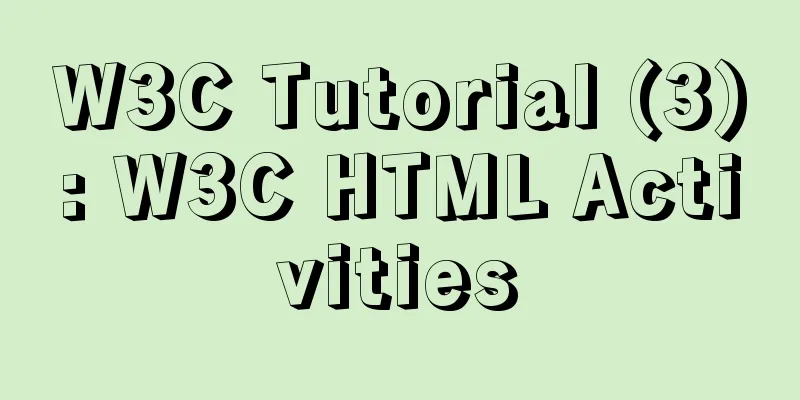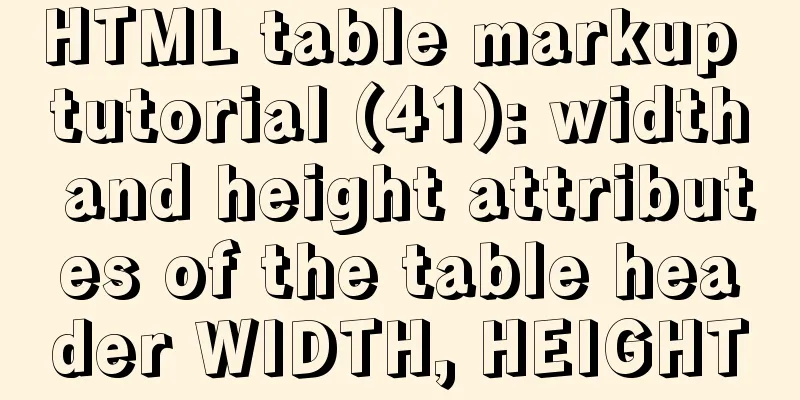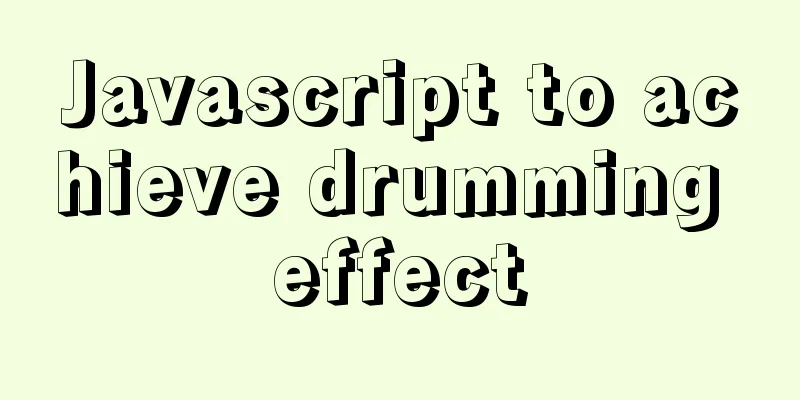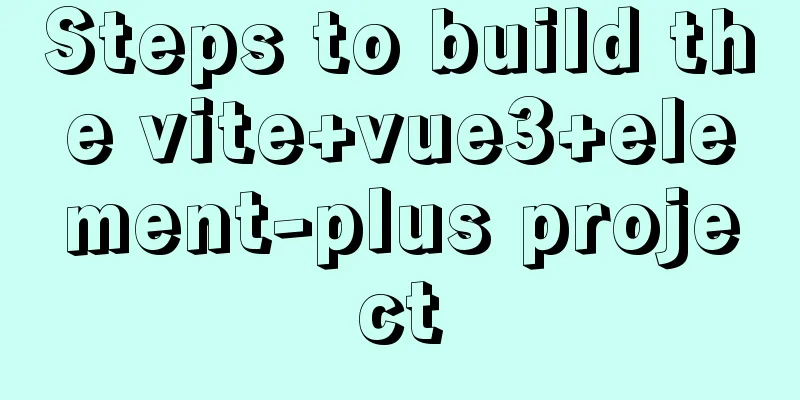W3C Tutorial (3): W3C HTML Activities

|
HTML is a hybrid language used for publishing on the World Wide Web. XHTML is the latest version of HTML. HTML is a hybrid language used for publishing on the World Wide Web. XHTML is the latest version of HTML. HTML Tutorial To learn more about HTML, read our HTML Tutorial. To learn more about XHTML, read our XHTML tutorial. HTML Version HTML 2.0 HTML 2.0 was developed in 1996 by the HTML Working Group of the Internet Engineering Task Force. HTML 2.0 is an outdated version of HTML. The browsers currently available on the market all rely on newer versions of HTML. For a WEB developer, there is no need for the HTML 2.0 standard. HTML 3.2 HTML 3.2 was published as a W3C standard on January 14, 1997. HTML 3.2 adds widely used features to the HTML 2.0 standard, such as fonts, tables, applets, text flow around images, and superscripts and subscripts. One of these elements, added to the HTML 3.2 standard in 1997 — the <font> tag — introduced unnecessary complexity into the important task of separating HTML content and presentation. HTML 4.0 HTML 4.0 was published as a W3C Recommendation on December 18, 1997. A second version, with only some editorial corrections, was released on April 24, 1998. The most important feature of HTML 4.0 is the introduction of style sheets (CSS). Our W3C CSS section summarizes W3C CSS activities. HTML 4.01 HTML 4.01 was published as a W3C Recommendation on December 24, 1999. HTML 4.01 is a minor update to HTML 4.0 that includes revisions and bug fixes. The W3C will not continue to develop HTML. Future W3C work will focus on XHTML. XHTML 1.0 (the latest version of HTML) XHTML 1.0 is a reformulation of HTML 4.01 using XML. XHTML 1.0 was published as a W3C Recommendation on January 20, 2000. W3C HTML specifications and timeline | specification | recommend | HTML 3.2 January 14, 1997 HTML 4.0 May 24, 1998 HTML 4.01 December 24, 1999 In the next section you'll find information about the XHTML specification and timeline. W3C References:
|---|
<<: How to implement responsive layout with CSS
>>: JavaScript prototype and prototype chain details
Recommend
How to use css overflow: hidden (overflow hiding and clearing floats)
Overflow Hide It means hiding text or image infor...
How to install MySQL via SSH on a CentOS VPS
Type yum install mysql-server Press Y to continue...
In-depth understanding of JavaScript callback functions
Table of contents Preface Quick Review: JavaScrip...
Detailed explanation of uniapp painless token refresh method
When the front-end requests the interface, it is ...
Login interface implemented by html+css3
Achieve results First use HTML to build a basic f...
Detailed explanation of Navicat's slow remote connection to MySQL
The final solution is in the last picture If you ...
Analysis of Context application scenarios in React
Context definition and purpose Context provides a...
Optimization methods when Mysql occupies too high CPU (must read)
When Mysql occupies too much CPU, where should we...
A brief discussion on four solutions for Vue single page SEO
Table of contents 1.Nuxt server-side rendering ap...
Methods and techniques for designing an interesting website (picture)
Have you ever encountered a situation where we hav...
WeChat applet to obtain mobile phone number step record
Preface Recently, I encountered such a problem wh...
Summary of the application of transition components in Vue projects
Transtion in vue is an animation transition enca...
JavaScript determines whether the browser is IE
As a front-end developer, I can’t avoid IE’s pitf...
Tutorial on upgrading, installing and configuring supervisor on centos6.5
Supervisor Introduction Supervisor is a client/se...
Detailed explanation of Vue's keyboard events
Table of contents Common key aliases Key without ...









